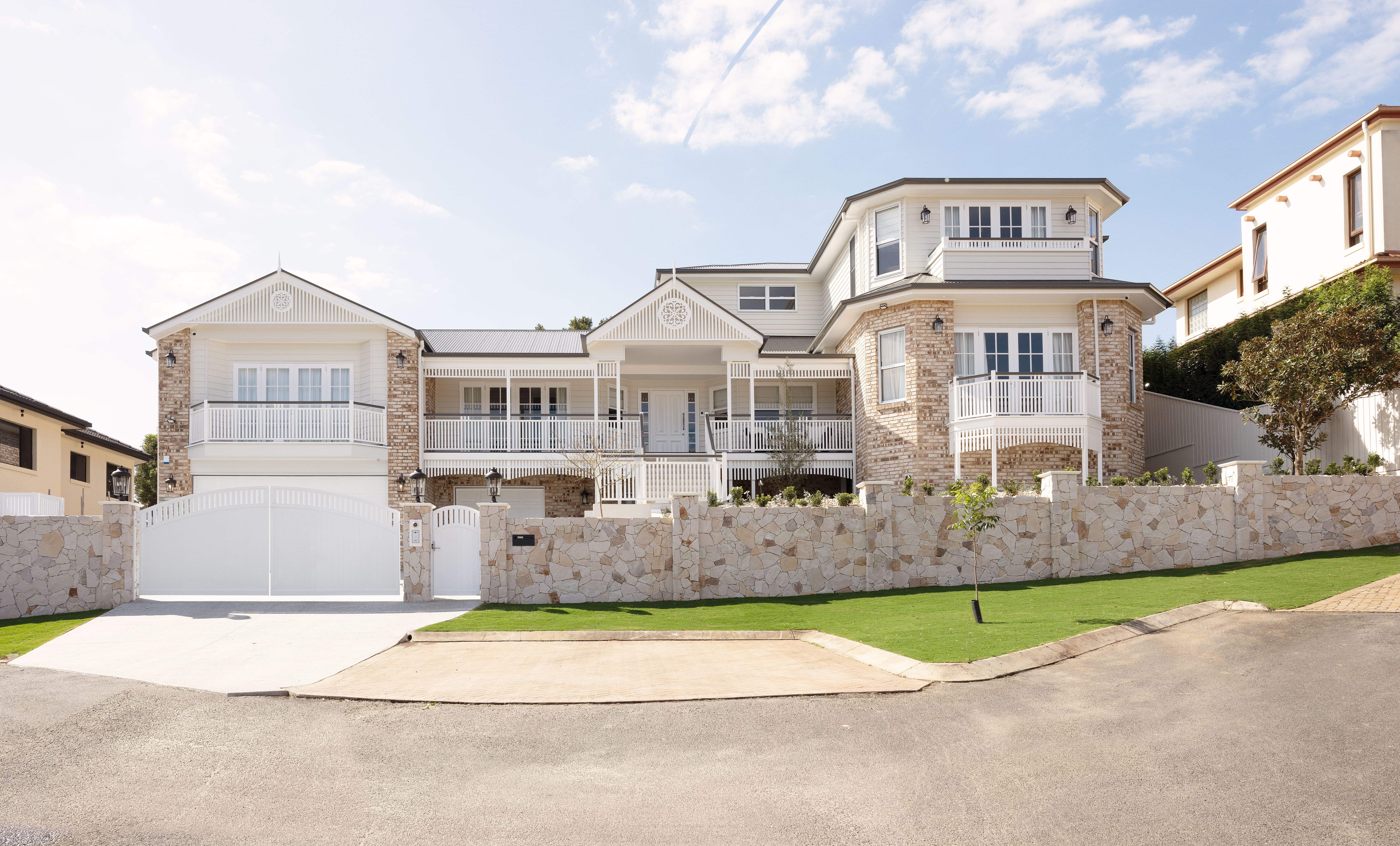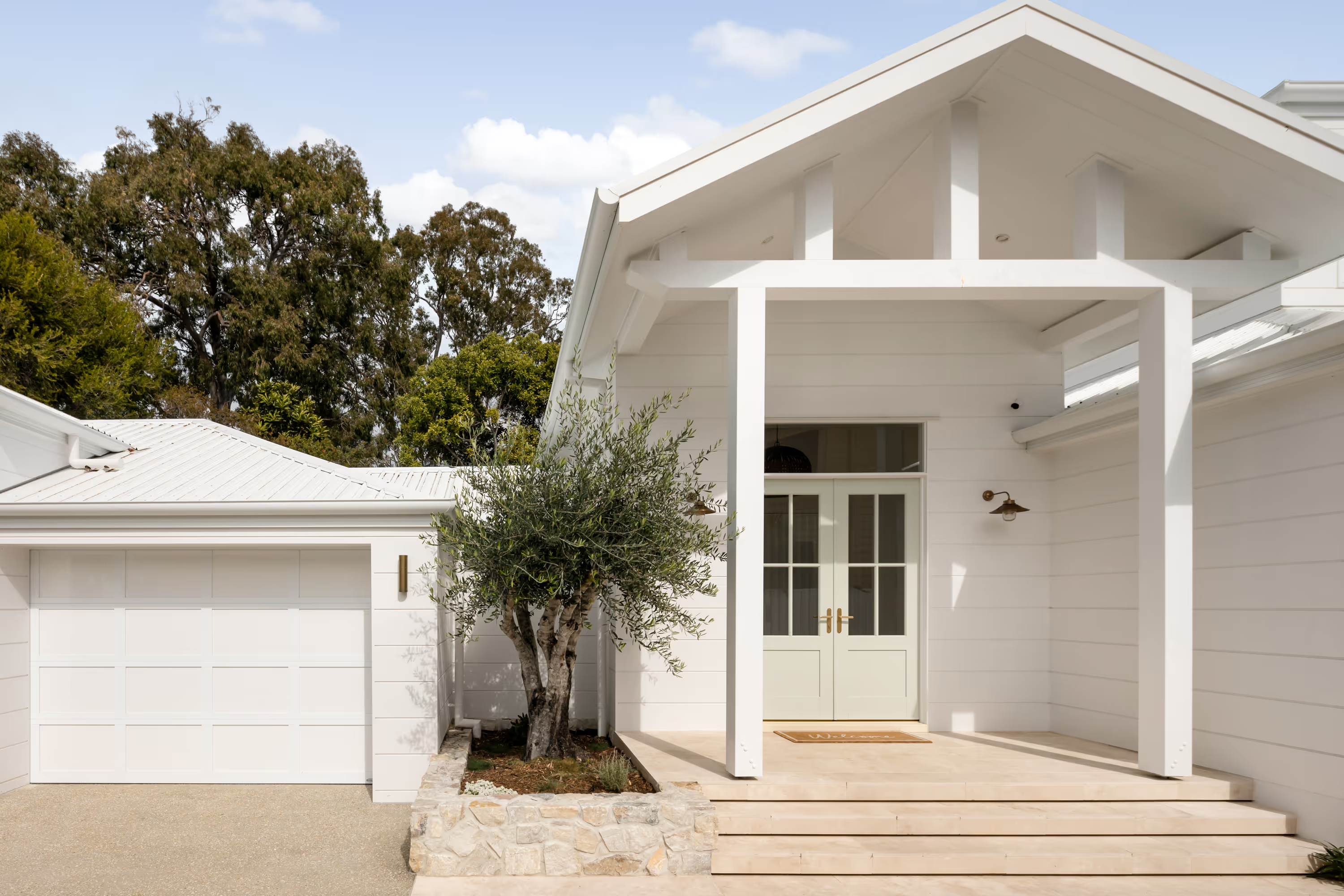Sustainable Home Designs: Building for the Future

Sustainable Home Design: What It Really Means Today
If you’re thinking about building a new home, chances are you’ve come across the idea of sustainable design. But it’s not just a buzzword. A well-designed sustainable home is more comfortable to live in, costs less to run, and is becoming more desirable as energy prices climb and expectations around performance evolve.
At Invilla Architecture, we believe sustainable design should feel intuitive, not restrictive. It's about reducing your environmental impact while enhancing the way you live every day.
Why More Australians Are Choosing Sustainable Homes
Lower Running Costs That Matter
When a home is designed to work with its environment, your energy bills naturally decrease. Smart orientation, insulation, and natural airflow reduce reliance on artificial heating and cooling. Solar panels, efficient appliances, and well-sealed construction all contribute to long-term savings.
Comfort That Lasts Year-Round
Sustainable homes are planned for comfort. Good design uses cross-ventilation, quality insulation, and thoughtful window placement to create spaces that stay cool in summer and warm in winter, without constantly adjusting the thermostat.
Designing for the Future
As environmental standards change, homes that already meet or exceed them will stand out. They’re easier to maintain, more appealing to buyers, and better positioned as energy costs rise. A sustainable home isn't just a feel-good decision, it's a smart investment.
Key Principles of Sustainable Home Design
Passive Solar Design
Positioning your home to maximise winter sun, provide summer shade, and store heat through thermal mass is fundamental to performance. These passive strategies reduce the need for heating and cooling by working with the seasons.

Natural Ventilation
Cross-ventilation, stack ventilation, and breezeway design allow air to move through the home naturally. In warm climates, this is essential for keeping interiors cool without relying on mechanical systems.
Thermal Performance
Insulation, high-performance glazing, and airtight construction all help to stabilise internal temperatures. By retaining warmth in winter and reducing heat gain in summer, thermal performance increases comfort and reduces energy use.
Material Selection That Lasts
Local and Low-Impact Materials
Choosing locally sourced, certified, or recycled materials supports sustainability from the ground up. Timber from managed forests, recycled brick, and regional stone are low-impact and visually grounded in place.

Durability Over Disposability
Longer-lasting materials require less maintenance and replacement. Fibre cement cladding, metal roofing, and natural stone are selections that age well and reduce waste over time.
Water-Wise Choices
Finishes that require minimal cleaning, drought-tolerant landscaping, and permeable paving all contribute to lower water usage without compromising on performance or appearance.
Energy and Water Systems that Work Smarter
Solar-Ready Design
Solar shouldn’t be an afterthought. Roof pitch, orientation, battery capacity, and integrated systems are all considered from the start. This ensures better performance and easier upgrades over time.
Water Collection and Reuse
Rainwater tanks, greywater recycling, and efficient irrigation systems are most effective when designed into the home from day one. They reduce reliance on mains supply and support long-term sustainability.
Efficient Technology
Smart climate control, heat pump systems, and LED lighting all help reduce energy usage without impacting comfort. When chosen thoughtfully, these systems perform quietly in the background while delivering ongoing savings.
Designing for Place: Climate Matters
Tropical and Subtropical Zones
In warm climates, design should prioritise airflow, shading, and heat reduction. Raised homes, wide eaves, light-reflective materials, and large openings all contribute to naturally cooler interiors.
Coastal Homes
Durability matters most. Salt-resistant materials, passive heating for cooler months, and well-sealed glazing help homes perform through changing conditions while withstanding the elements.
Cool Climate Design
In colder regions, sustainable design focuses on retaining warmth. North-facing living zones, insulation, compact layouts, and thermal mass all contribute to comfort and efficiency.
Enhancing Indoor Environmental Quality
Natural Light and Outlook
Skylights, high-set windows, and carefully placed glazing bring daylight deep into the home while preserving privacy and controlling heat. These touches also boost wellbeing and make spaces feel connected to nature.
Air Quality and Fresh Ventilation
Mechanical ventilation systems with heat recovery ensure fresh air circulation without sacrificing warmth. Choosing low-VOC paints and finishes further supports a healthy indoor environment.
Acoustic Comfort
Well-insulated, tightly built homes benefit from excellent sound control. These quiet, calm spaces enhance focus, relaxation, and daily comfort.
Sustainable Landscaping and Site Design
Climate-Appropriate Planting
Native and drought-tolerant species reduce water usage, support biodiversity, and provide year-round interest. A well-considered planting scheme enhances both sustainability and street appeal.
Integrated Water Management
Permeable paving, rain gardens, and swales help manage stormwater on site. These elements support soil health and prevent erosion, especially on sloped or exposed sites.
Project Highlight: Off-Grid Living at Illalangi

A powerful example of sustainable design in action is Illalangi, a home designed by Invilla Architecture on a remote site with no access to power, water, or services. The home was built using generators and now operates completely off-grid, powered by solar and supported by rainwater tank systems.
Let’s Design Better Together
There’s no one-size-fits-all approach to sustainable design. The best outcomes come from tailoring your home to suit your site, lifestyle, and priorities.
At Invilla Architecture, we help clients build homes that are not only energy-efficient, but also deeply considered, comfortable, and future-ready. If you're ready to explore what's possible, reach out and start your sustainable home design journey with us today.
Start your design journey now
Get a free instant quote with our quote estimator




.webp)
